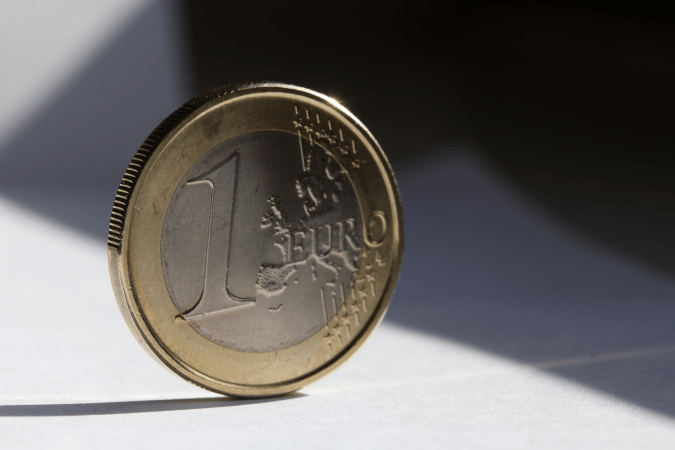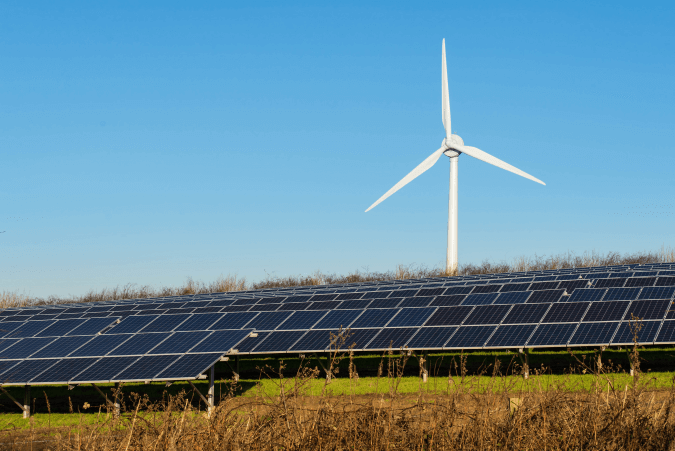Ireland’s White Paper titled ‘Ireland’s Transition to a Low Carbon Energy Future’ [1], outlines its future of energy deployment within the country, focussing primarily on renewable energy whilst making reference to the strategic importance of its fossil fuel resources during the transition.
The White Paper was produced with reference to the consultation conducted by the Department of Communications, Energy and Natural Resources (DCENR) following the 2014 Green Paper regarding energy policy in Ireland.
Ireland’s aim is to develop a low carbon economy that will see the energy sector reduce its greenhouse gas (GHG) emissions from of 80%-95%, compared to 1990 levels by 2050, with this figure falling to zero or below by 2100.
The White Paper will be subject to yearly revisions and with a comprehensive review and update every 5 years from 2015.
The Requirements for a Low Carbon Future in Ireland
Outlined within the White Paper are the requirements that are essential for ensuring this transition, the key points are presented below:
- Radically changing the behaviour as citizens, industry and Government.
- Becoming more energy efficient.
- Generating electricity from renewable sources of which Ireland already has plentiful supply.
- Moving to lower emissions fuels and ultimately away from fossil fuels altogether.
- Increasing the use of electricity and bioenergy to heat homes and fuel transport.
- Increasing the Biofuels Obligation and improving take-up of zero and low carbon vehicles such as electric and natural gas vehicles.
- Supporting the wide scale deployment of renewable heat in the business, public and residential sectors.
- Adopting new technologies as they emerge.
Renewable Energy Targets and the Role of Non-renewables Going Forward
Non-renewables currently account for over 90% of energy consumption in Ireland. This will need to fall to 84% in 2020 if Ireland is to reach its binding EU targets for renewables.
The White Paper states that ‘in the longer-term, fossil fuels will be largely replaced by renewable energy sources. Oil and natural gas will remain significant elements of Ireland’s energy supply between now and 2035’. From a strategic energy security perspective, this will include the continued operation of the Whitegate refinery located in Midleton, County Cork. The use of unconventional gas exploration and extraction (UGEE, also known as fracking) will not be considered in advance of the publication of a scientific study, which is currently underway.
Importance of Public Engagement
The White Paper puts emphasis on the importance of public engagement. It states that the government ‘will keep legislation and procedures under review to ensure that citizens have ongoing opportunities to input into energy policy development, and that they are properly consulted on infrastructure developments that affect them.’ In Pager Power’s experience, early and engaged public consultation with local residents is paramount for any proposed renewable energy project.
The paper states that the government will widen the opportunity for citizen participation in energy matters. Some of the key methods for implementing this are presented below:
- Supporting community participation in renewable energy and energy efficiency projects.
- Developing mechanisms to allow communities to receive payment for electricity.
- Providing funding and support for community-led projects in the initial stages of development, planning and construction.
- Providing a new support scheme for renewable electricity from 2016.
- Developing a framework for agreeing how communities share in the benefits of substantial new energy infrastructure located in their area.
- Examining shared ownership opportunities for renewable energy projects in local communities.
- Engaging with local government on advising consumers on energy efficiency initiatives and clean energy options, integrating energy options, scoping the opportunities for demand and supply related local energy action.
Renewable Energy Technology and Efficiency
The paper goes on to state that improving the energy efficiency of renewable technologies will play a vital role in reducing the country’s GHG emissions. By 2030, the Better Energy Programme [2] will aim to deliver energy efficiency upgrades to the residential sector that help reach the targets set for a low carbon energy future. A number of schemes and regulation changes are proposed within the White Paper that will aid this transition.
Ensuring Ireland’s Energy Security During the Transition to a Low Carbon Future
Energy security during Ireland’s transition to renewable energy sources will be accomplished by the following:
- Developing a co-ordinated energy security policy which encourages diversification of energy supplies and facilitates more integrated energy markets
- The support available through Ireland’s membership of the EU and the International Energy Agency (IEA).
The paper states that ‘Achieving our sustainable energy goals, and having fully integrated and well-functioning markets, will enhance our energy security’.
Supporting the Transition with ‘Regulation, Markets and Infrastructure’
The following key paragraphs are taken from the White Paper:
‘Stable, transparent, evidence-based, and independent regulation is essential to facilitate competition, to support investment, and to ensure that the cost of capital and network costs are minimised’.
‘The Single Electricity Market (SEM) is in the process of being reformed and regulators are working to implement the new Integrated-Single Electricity Market I-SEM market by 2017. Integration between the SEM and its neighbouring electricity markets will gradually deepen’.
‘Ireland’s electricity and natural gas networks will be retained in State ownership’.
‘EirGrid’s Grid25 provides the strategic overview for the development of the electricity grid transmission system. Its 2015 review confirmed the urgent need for the implementation of the proposed North-South transmission line to improve security of supply and reduce transmission costs’.
Energy Costs
Maintaining reasonably priced energy will be essential during this transition. Within the White Paper it is stated that ‘the costs of the energy transition will primarily be funded by commercial and household investment and charges on energy use, supported by Government initiatives and EU funding’. It goes on to state that ‘the price of energy is primarily determined by the market. Irish energy prices are influenced by the country’s scale and demography and the fact that we are relatively weakly interconnected’.
The Irish government has the responsibility to ensure that citizens and businesses are protected from unnecessarily high energy costs. The Commission for Energy Regulation (CER) also has a statutory responsibility to protect the interests of consumers and to ensure that prices are fair and reasonable. Lastly, safeguards will be put in that which will protect against fuel poverty.

Innovation, Enterprise and Job Creation
The following key paragraphs are taken from the White Paper:
‘Our energy transition will have a positive impact on innovation, economic activity and job creation by encouraging investment in the products, services and technologies needed in our low carbon future’.
‘We will help enterprises, sectors and localities that depend on more traditional energy activities to adapt to the changing environment as our dependence on these activities declines’.
Conclusions
The White Paper outlines a process that shows that Ireland is serious about its transition to a low carbon future over the next 35 years. Only a brief overview is presented within this article, if you are interested in finding out more, it is recommended that you read the full White Paper available here.
Image accreditations:”Solar Wind” by Gerry Machen via Flickr / CC BY-ND 2.0
“Euro” by Alf Melin via Flickr / CC BY-SA 2.0 / Image resized from original.
References
[1] Ireland’s Transition to a Low Carbon Energy Future, Department of Communications, Energy and Natural Resources, 2015.
[2] As stated within the White Paper the ‘Better Energy Programme’ is ‘administered by the Sustainable Energy Authority of Ireland (SEAI). This includes the Better Energy Homes scheme, the Better Energy Warmer Homes scheme, the Better Energy Warmer Homes Area based programme and the Better Energy Communities programme’. Further information available at www.seai.ie.

